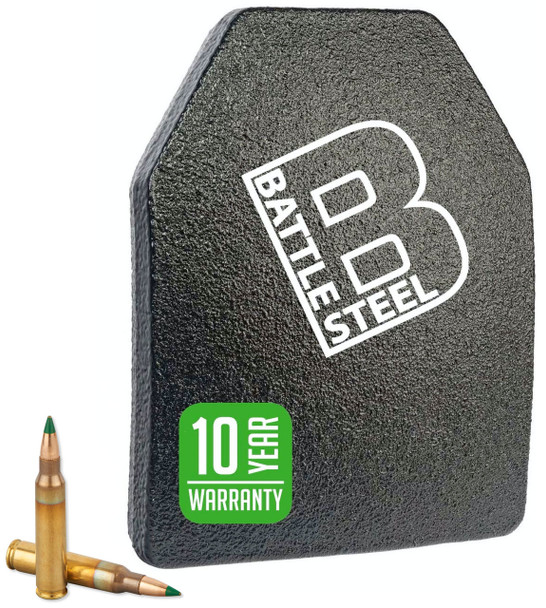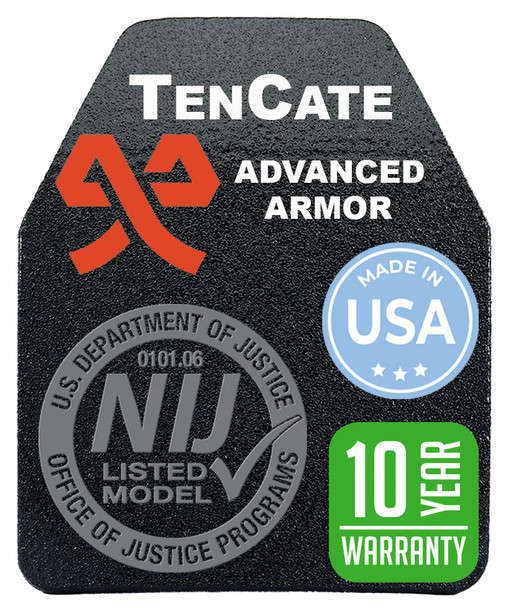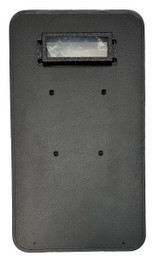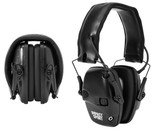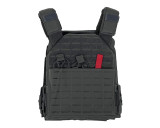Mastering Your Plate Carrier: A Guide to Full Combat Setup & Loadout
In the realm of tactical gear, setting up your plate carrier effectively can mean the difference between success and failure in combat situations. Whether you're a military professional, law enforcement officer, or outdoor enthusiast, optimizing your plate carrier setup is crucial. Here's a comprehensive guide to help you master your plate carrier for full combat readiness:
Choose the Right Plate Carrier:
- Select a plate carrier that fits your body type comfortably and securely.
- Look for adjustable straps and panels for a customizable fit.
- Consider the carrier's weight distribution and ventilation features for extended wear.
Configure Your Armor Plates:
- Insert your ballistic plates into the designated pockets of the carrier.
- Ensure proper alignment and coverage of vital areas, such as chest and back.
- Balance protection with mobility by selecting the appropriate plate size and thickness.
Organize Your Loadout:
- Prioritize essential gear such as ammunition, medical supplies, and communication devices.
- Utilize MOLLE (Modular Lightweight Load-carrying Equipment) webbing to attach pouches and accessories for easy access.
- Distribute weight evenly across the carrier to maintain balance and maneuverability.
Optimize Your Configuration:
- Consider the mission requirements and environment when arranging your gear.
- Place frequently used items within reach, such as magazines and utility tools.
- Keep the profile of your plate carrier streamlined to minimize snag hazards.
Train and Test Your Setup:
- Conduct regular drills and exercises to familiarize yourself with your plate carrier setup.
- Make adjustments as needed based on performance and feedback from training sessions.
- Test the durability and functionality of your gear in various conditions to ensure reliability.
Frequently Asked Questions (FAQs):
How do I determine the correct size for my plate carrier?
Measure your chest and torso dimensions to find a carrier that offers a snug yet comfortable fit. Look for adjustable straps and panels for customization.
Can I use different types of armor plates with my plate carrier?
Yes, as long as the carrier is compatible with the size and shape of the plates. Be sure to check the manufacturer's specifications for compatibility.
What is the ideal weight distribution for my plate carrier setup?
Aim for a balanced distribution of weight across the carrier to prevent fatigue and maintain mobility. Adjust straps and padding as needed for optimal comfort.
How should I clean and maintain my plate carrier and gear?
Follow the manufacturer's instructions for cleaning and maintenance, which may include hand washing or spot cleaning with mild detergent. Inspect gear regularly for signs of wear or damage.
Can I customize my plate carrier setup for specific missions or roles?
Yes, modular design features such as MOLLE webbing allow for easy customization. Adapt your loadout to meet the requirements of different missions or roles by adjusting pouch placement and gear selection.
Recent Posts
-
Understanding Ballistic Shield Ratings and Their Applications
The Trusted Name in Tactical Defense - BattleSteel® When it comes to protecting those who protect us …2025-04-19 -
The Importance of Hearing Protection in Tactical Environments
The Legacy of BattleSteel® BattleSteel® is a trusted name in the world of tactical defense equipment …2025-04-14 -
How to Properly Fit and Wear a Plate Carrier
About BattleSteel and Their Mission BattleSteel is a trusted name in the tactical gear industry, ren …2025-04-11
